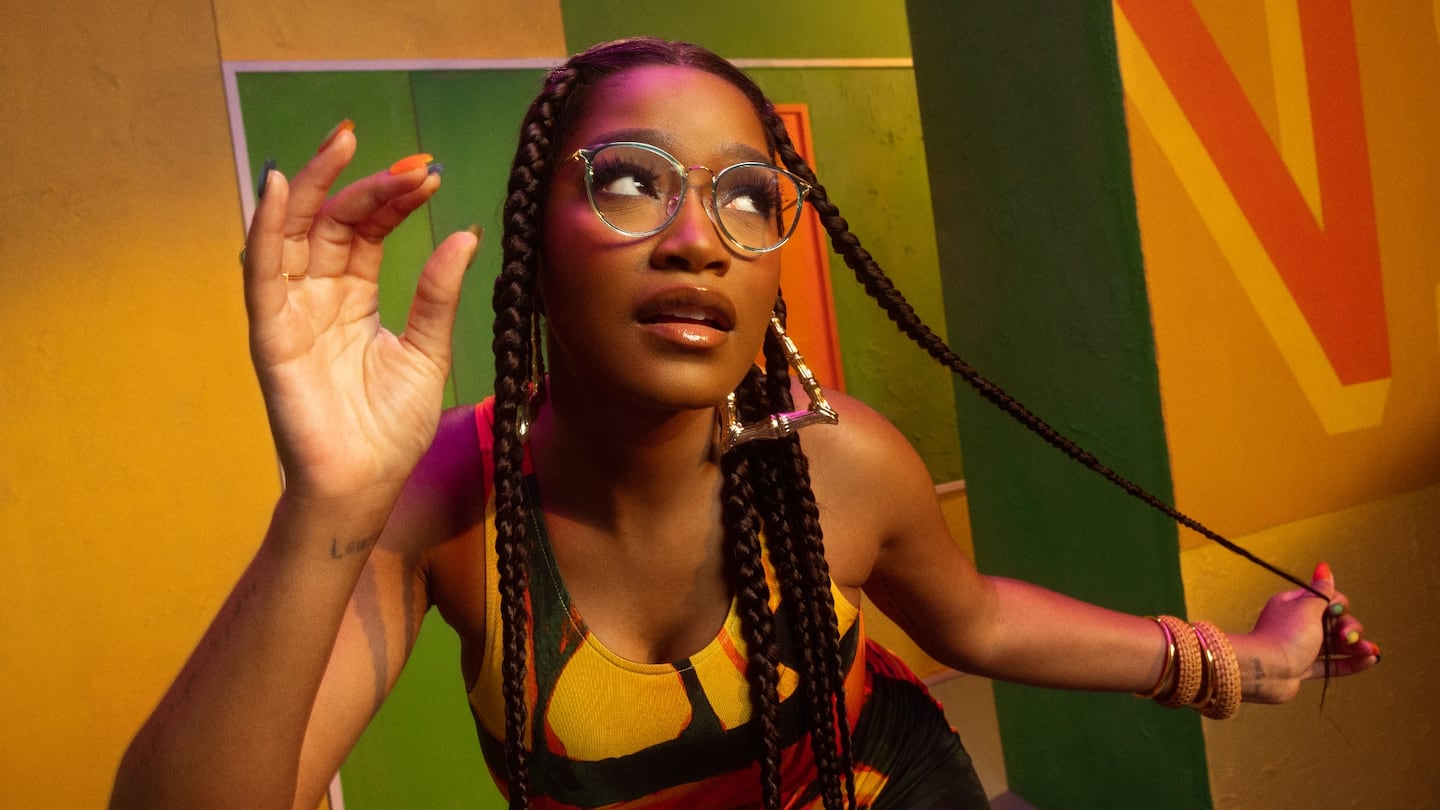
The Business of Fashion
Agenda-setting intelligence, analysis and advice for the global fashion community.

Agenda-setting intelligence, analysis and advice for the global fashion community.

Warby Parker, which shook up the eyewear business a decade ago with its web storefront and direct-to-consumer sales model, is looking a lot more like the establishment these days.
The formerly online-only glasses brand now operates over 200 stores, which provide most of its growth these days. It’s pulled back on digital advertising so it can open up to 900 locations in the coming years. Online sales actually fell 5 percent last year, while brick-and-mortar revenue surged by 22 percent.
Warby’s competitors sense an opportunity to grab a bigger chunk of the online prescription eyewear market, which saw $3 billion in sales last year, according to The Vision Council, a trade group.
Among them: Zenni Optical, which launched in 2003, and Eyebuydirect, which is owned by EssilorLuxottica, an offline retail giant (it owns LensCrafters and Sunglass Hut, among other chains) that has made inroads online. Neither matches Warby Parker’s sales on its own: Eyebuydirect is expecting to reach $250 million in sales this year, and Zenni Optical is hoping to hit $500 million in sales this year. Warby Parker is projecting $600 million in sales. But both Eyebuydirect and Zenni Optical expect their sales to grow by about 15 percent in 2023, which would outpace their larger competitor, which is projecting growth of up to 11 percent.
ADVERTISEMENT
They’re fighting for bigger pieces of a shrinking pie, however. E-commerce accounted for 18 percent of all prescription eyewear sales in 2022, down from 22 percent in 2021, according to trade association The Vision Council. The decline reflects a broader return to in-person shopping post-pandemic.
These brands are in effect betting that the trend will turn around. They anticipate virtual try-on, personalisation, mobile shopping and other emerging retail concepts will convince a new wave of customers will be tempted to shop for glasses online.
“The technology and the user experience [in eyewear] has progressed pretty dramatically,” said Benjamin Bond, a principal consumer growth strategy consultant at management consulting firm Kearney. “Over the coming years, when consumers are more comfortable, and [brands] have more of the augmented reality in an advanced space, these players are gonna start to take some share from Warby.”
Zenni Optical launched its mobile app just over a year ago. Today, it generates 15 percent of sales.
Customers can use the app to see what a pair of glasses looks like on their face. Early next year, it plans to pair that augmented reality feature with biometrics, analysing a user’s physical characteristics style preferences to recommend the right frames.
Zenni Optical expects this focus on technology to drive its 15 percent year-over-year sales growth in 2023, a major improvement from its sales increase of less than 10 percent in 2022.
“We want to push individualisation, so you get your personal look,” said David Ting, Zenni Optical’s global chief technology officer and general manager. “We do believe that a lot of the technology advantages ... are going to accelerate growth.”
The bigger challenge may be convincing consumers to give these brands a try in the first place. Though Zenni and Eyebuydirect have been around longer, Warby Parker is synonymous with eyewear e-commerce in many potential customers’ minds. Even as it dials back online advertising, its stores now act as billboards for its website.
ADVERTISEMENT
In May, Eyebuydirect released a 30-second YouTube ad highlighting its low prices and free two-day shipping. During the campaign’s initial run from May to July, Eyebuydirect saw a 10 percent growth in Google searches, a defining metric the company, said Branden Maes, Eyebuydirect’s senior brand marketing manager.
This year, Eyebuydirect — which has operated independently since EssilorLuxottica acquired it in 2015 for an undisclosed sum — also started working with EssilorLuxottica’s marketing team on brand awareness campaigns.
“We have the resources of the largest frame and manufacturer in the world,” Maes said. “That does provide us a really interesting strategic advantage in the market.”
Replicating Warby Parker’s store expansion strategy, replete with its in-store eye exams, could help DTC competitors reach the company’s size faster. Amsterdam-based Ace & Tate, for example, which launched in 2013 and is on pace to generate €100 million in revenue in the next few years, has opened 88 stores across Europe, including in Germany, Spain and the UK.
But a physical retail roll-out can be costly and complicated to execute, said Dylan Carden, research analyst at financial-services firm William Blair. He noted that eyewear storefronts can be particularly expensive to operate given that they often have doctors on staff.
Zenni Optical and Eyebuydirect have held off on retail for that reason. Stores are expensive to open, and with price points as low as $20 at both brands, their stores would need to do higher volumes to pay back the cost of opening them, Maes of Eyebuydirect said.
Still, there’s ways to experiment with brick-and-mortar. In September, Zenni Optical announced it will provide e-commerce software for optical retailers, powering their online marketplace and earning a commission on sales those retailers generate on their sites. Some of these retailers might sell Zenni Optical’s wares in their physical stores, Ting said. But Zenni Optical’s commissions will primarily come from e-commerce.
Warby Parker is hardly abandoning online sales, either. The company says it expects its e-commerce revenue to rebound in the back half of 2023 as it once again ramps up online marketing. But there’s no going back. Warby Parker’s co-founder and co-chief executive Neil Blumenthal said 88 percent of eyewear sales came from physical stores in 2022, citing data from The Vision Council and Warby Parker’s own industry estimates.
“Yes, we continue to lead the way in digital experiences, but the holy grail is both,” Blumenthal said. “I wouldn’t want to be running a business… solely on 12 percent of the market.”
Cautious investors are finding safer bets in tech-focused platforms that create products for digitally-native brands over traditional DTC start-ups.
Brands like Warby Parker, Allbirds and Olaplex have successfully slashed digital advertising costs. Now they need to figure out new ways to find customers.
Instead of emulating the face-paced growth favoured by their predecessors, Gen-Z-centric fashion and beauty start-ups are taking a steadier approach to brand-building.

Malique Morris is Direct-to-Consumer Correspondent at The Business of Fashion. He is based in New York and covers digital-native brands and shifts in the online shopping industry.
In London, where independent labels have been hit hard by the implosion of key stockist Matches, brands like Clio Peppiatt, Marfa Stance and Completedworks have grown direct-to-consumer businesses that peers can learn from.
Apparel start-ups founded on the promise of offering men the perfect T-shirt are proving resilient in an otherwise dreary DTC sector rampant with fire sales, bankruptcies and steep revenue declines.
Apparel brands Knot Standard and Billy Reid are teaming up in a move investors say we may see more of as fashion start-ups seek alternative funding routes to grow their businesses.
Warby Parker, Everlane and other brands are partnering with small, but buzzy fashion labels as an inexpensive way to find new customers, and regain some status with shoppers who have moved on.